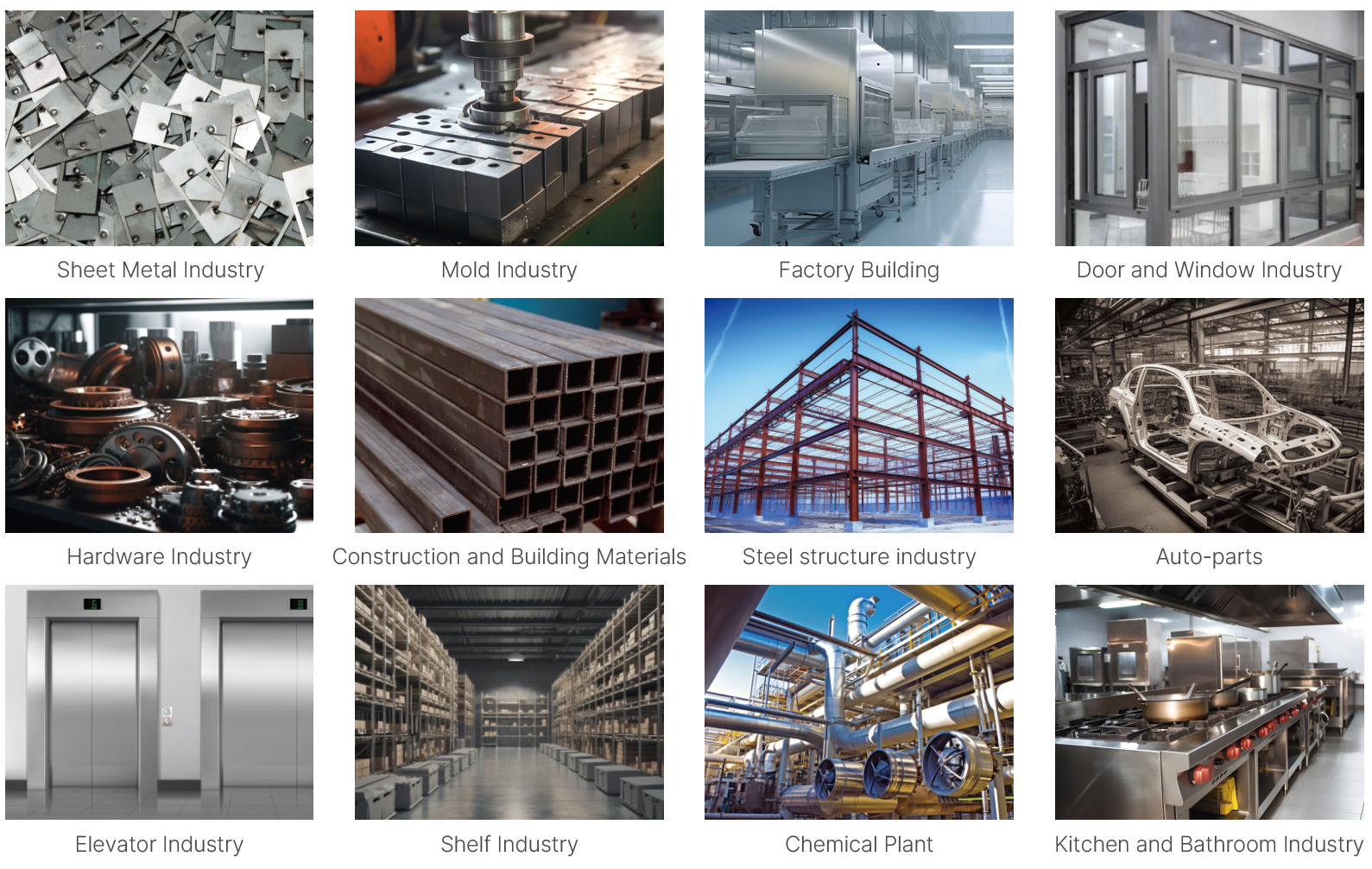Copper, known for its exceptional electrical and thermal conductivity, has become a crucial material in industries ranging from electronics to automotive manufacturing. As demand for efficient copper welding increases, laser welding has emerged as a game-changer due to its precision, speed, and minimal distortion. In this article, we explore everything you need to know about laser welding copper, including the various technologies available and their industrial applications.
1. Why Choose Laser Welding for Copper?
Laser welding offers unique advantages when working with copper. Copper's reflectivity and thermal conductivity can make it challenging to weld using traditional methods. However, laser welding provides higher energy density and can be finely controlled, resulting in cleaner and more efficient welds. This method is particularly useful in sectors like battery production, automotive manufacturing, and electronic devices, where precision is essential.

2. Fiber, Blue, Green, or ARM Fiber Lasers: Which Is Best for Copper?
There are several laser technologies available for welding copper. Choosing the right one depends on factors such as material thickness, welding speed, and application requirements.
Fiber Lasers: Known for their versatility and efficiency, fiber lasers are often used for welding copper wire and other thin components. They offer high beam quality, making them ideal for micro-welding applications where precision is crucial.
Blue Lasers: With a shorter wavelength than fiber lasers, blue lasers are highly effective for welding copper due to their ability to absorb energy better. They offer more control over heat input, reducing the risk of thermal damage or distortion in sensitive components.
Green Lasers: Another effective solution for copper, green lasers work well for laser welding copper and copper alloy components. Their ability to deliver high power at shorter wavelengths makes them perfect for intricate welds.
ARM Fiber Lasers: Advanced technology like ARM (Adjustable Ring Mode) fiber lasers combines the power of traditional fiber lasers with enhanced control over the welding process, allowing for improved heat distribution and weld penetration.
To learn more about industry-leading welding solutions, check out Megmeet Welding Solutions.
3. Laser Welding Applications for Copper
Copper Wire Welding: Precision is key when working with copper wires in electronic devices. Laser welding ensures strong, reliable joints without overheating the material, which is critical in high-volume production lines.
Battery Manufacturing: The demand for electric vehicles (EVs) and energy storage systems has skyrocketed, making battery laser welding of copper essential. This technique ensures minimal thermal impact on the surrounding material, improving the longevity and efficiency of battery cells.
Industrial Processing: Laser welding copper is a preferred method for many industrial applications due to its ability to maintain material integrity. With lasers, companies can achieve faster, cleaner welds, reducing downtime and increasing productivity.

4. How Does Laser Welding Copper Work?
The process of laser welding copper involves the precise application of a laser beam to the copper surface. The heat generated by the laser causes the copper to melt and fuse at the desired joint. Due to copper’s reflective nature, it’s crucial to select the correct wavelength and laser type to ensure efficient energy absorption and reduce the risk of defects like porosity.
For high-performance laser welding, the Megmeet Lux 4-in-1 Laser Welding Machine (1.5KW/2KW/3KW) is a perfect choice, offering robust solutions for handheld and robotic applications.
5. Laser Welding Copper Price Considerations
The price of laser welding copper varies based on several factors:
The type of laser used (fiber, blue, green, etc.)
The complexity of the welding task
Material thickness and required precision
While initial equipment costs for laser welding may be higher than traditional methods, the long-term benefits in terms of speed, quality, and reduced rework costs often make it a more economical choice.
6. Conclusion
As copper becomes increasingly vital in modern manufacturing, the importance of laser welding technology cannot be overstated. By choosing the right laser—whether fiber, blue, or green—you can achieve superior weld quality, increase production efficiency, and reduce waste.
For businesses looking to elevate their welding processes, Megmeet Welding Technology offers cutting-edge solutions tailored to meet the specific demands of the copper welding industry. From versatile fiber lasers to advanced robotic welding systems, Megmeet’s products help ensure precision, durability, and cost-effectiveness in every weld.
Make your welding more efficient today with the
Best Welding Machine Manufacturer in China -- Megmeet Welding Technology and explore the
Megmeet Lux 4-in-1 Laser Welding Machine (1.5KW/2KW/3KW) for your next project!
Related articles:
1. Laser Welding Aluminum Guide: Machines, Problems, and Settings
2. Laser Welding, Laser Cutting, Laser Drilling, Laser Marking Basics
3. Prices of All Types of Laser Welding Machines for Reference
4. Solutions to Oil Leakage in Pipeline Continuous Laser Welding
5. 5-Step Laser Welding Process: How Does It Work?





